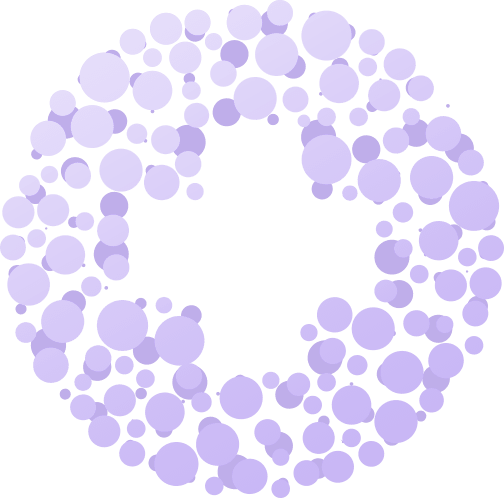At Avante, like many skilled nursing facilities, we monitor our return to hospitalization rates and look for ways to reduce these events. Rehospitalization disrupts residents’ lives, increases the risk of healthcare-associated infections and cognitive loss in vulnerable residents, and is costly.
We know there are many barriers to implementing new technology:
- Resistance to learning how to use new technology effectively
- Fear that the technology may require a change in workflow
- Increased demands on an already overburdened healthcare workforce
So Avante was looking for a technology solution that would add value while requiring no additional work from our employees.Here is how we created our extremely effective Return to Hospitalization (RTH) Program.
Make Preventing Rehospitalization a Priority
When a skilled nursing facility makes preventing rehospitalization a part of its mission, this emphasis will commonly be reflected by designating an RTH Program leader, a rehospitalization champion. The RTH Program leader collaborates with the director of nursing to create initiatives that focus everyone’s attention on identifying residents who are at the highest risk of rehospitalization and taking steps to prevent a decline in their health.
Use all Information Available to Prevent Rehospitalization
We implemented SAIVA AI’s machine learning platform, which uses medical information already entered into the electronic health record (EHR) to identify the top fifteen of our residents who are most likely to be readmitted within the next 72 hours. The report also includes the factors the SAIVA AI system believes put them at risk.
The SAIVA AI report arrives in my mailbox each morning.
Before the daily morning meeting, at which nurses discuss the residents and their plans for each, the RTH Program leader reviews the report and each of the fifteen patient’s medical records. We are specifically looking for opportunities to intervene proactively to prevent rehospitalization.
A review of the SAIVA AI report is on our agenda each morning. Our nurses use this report to make staffing decisions and to discuss their plans for these high-risk residents. Structuring the discussion around the reports helps keep the conversation focused on key clinical findings, lab values, and tests that may indicate clinical status changes.
By the end of the morning meeting, every nurse in our facility knows which residents are at the highest risk of rehospitalization. They will use the information gleaned from the SAIVA AI report in conjunction with other change of condition tools already in use to track the health of these residents.
Incorporating a discussion on steps to prevent rehospitalization into each shift change meeting builds confidence that everyone who provides care to our residents can identify any changes in their condition and has the tools necessary to develop a comprehensive care plan.
Track Metrics
As with any new initiative, especially ones central to our facility’s mission, we found that it is important to track its successes and use feedback to identify areas of improvement.
The RTH leader and I track and graph any key trends in rehospitalization, watching for indicators such as
- Spikes in rehospitalization on certain days of the weeks or shifts
- The physician responsible for the patient’s care
- The medical diagnosis
- Length of stay in the facility
- Number of previous rehospitalizations
The RTH leader looks for areas of opportunity to intervene earlier and more effectively.

